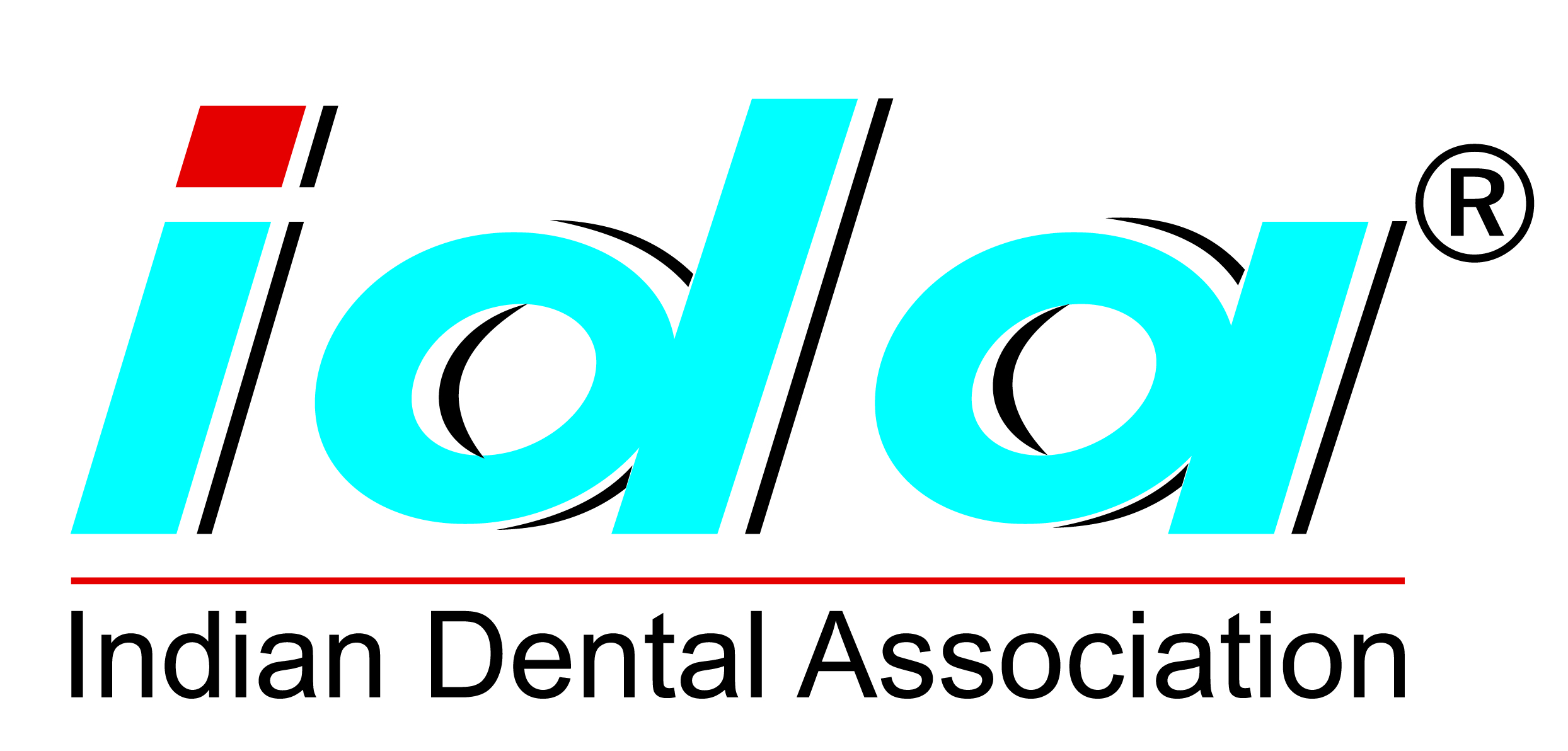In order to practice in a professionally responsible manner, a dental practitioner
must assist patients to make well-informed decisions about treatment procedures.
Consent may be of three types; implied, verbal or written. For consent to be obtained
the patient must have:
- Capacity to consent
-
Understand the implications of treatment including:
- material risk
- time, extent and frequency
- outcome
- possible complications
- cost
- Understand alternative treatment options, including undertaking no treatment
- Given the consent freely, not under duress.
The patient’s signature on a document does not of itself establish that consent
has been obtained. Among the matters, which would be considered by a court of law
to establish consent, are:
-
the patient was given sufficient and appropriate information on all aspects of the
procedure;
-
the information was provided in such a form that the patient could fully understand
it;
-
the patient, before consenting, had sufficient time to deliberate in an unfettered
way on the relevant information;
-
all possible complications, their frequency, the degree of incapacity they may cause
and the possibility of permanence, were fully outlined in a way that the patient
could completely understand;
- the cost of treatment was fully outlined and understood;
- the patient’s expectations of treatment outcomes were realistic;
- an appropriate referral was offered;
- an appropriate diagnosis was established;
- an accurate medical history was established and appropriately accounted for in treatment.
A written general consent is obtained when the patient comes for their first appointment.
People may be considered not to have the capacity if they are:
- Minors (< 16 years)
- Mentally ill
- Intellectually impaired
- Affected by drugs or alcohol rendering them incapacitated.
In the case of minors or other persons with a legal disability the consent of the
parent, guardian, or adult guardian should be obtained.
Every patient should have a treatment plan for each course of care recorded in his
or her record in the patient management system. The plan should be discussed with
the patient or their guardian and the discussion documented in the clinical notes.
A print out of the treatment plan should be provided to the patient:
- On request by the patient
- The treatment is complex involving numbers of appointments
-
The treatment involves partial dentures, crown and bridge work, implants, molar
endodontics, or surgery.
Verbal consent is acceptable for simple general dental care and should be documented
in the records.
Written consent should be obtained for more complex treatment by asking the patient
to sign a copy of the print out of the treatment plan. In addition all minors and
cases of adult guardianship require written consent (see section on guardianship).
IDA has drawn out a set of guidelines on providing information to patients and recommends
that dentist discuss:
- The possible or likely nature of the care
-
The proposed approach to treatment including:
- numbers and length of appointments
- possible referrals to other practitioners or specialists
- Other options for treatment
- The likely outcomes
- Any possible complications
- The likely outcome of have no treatment
- Cost (see section on financial consent)
Any treatment undertaken will require the patient to give financial consent. Patients
or their guardians should be informed prior to their next appointment of the likely
costs.





